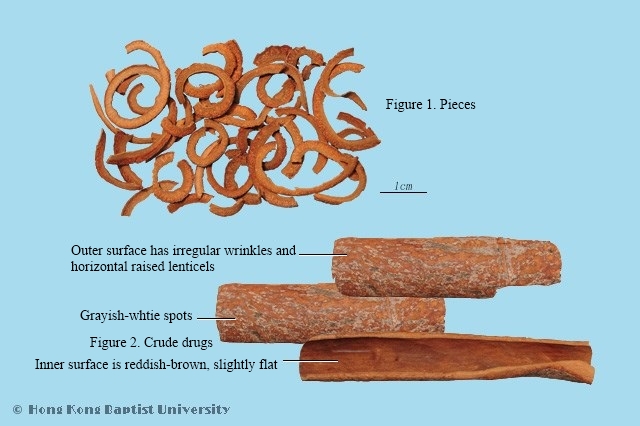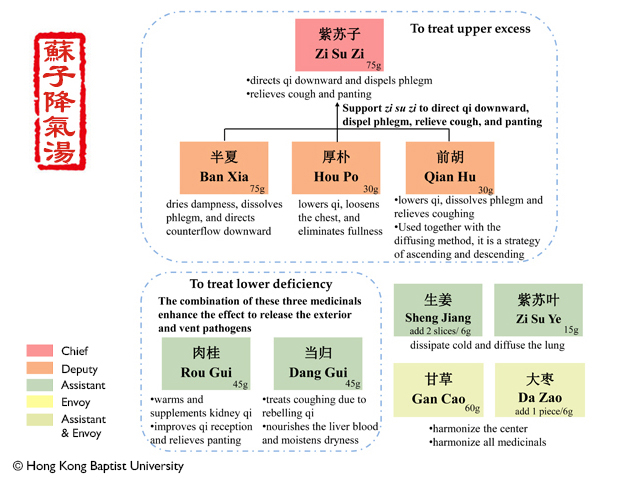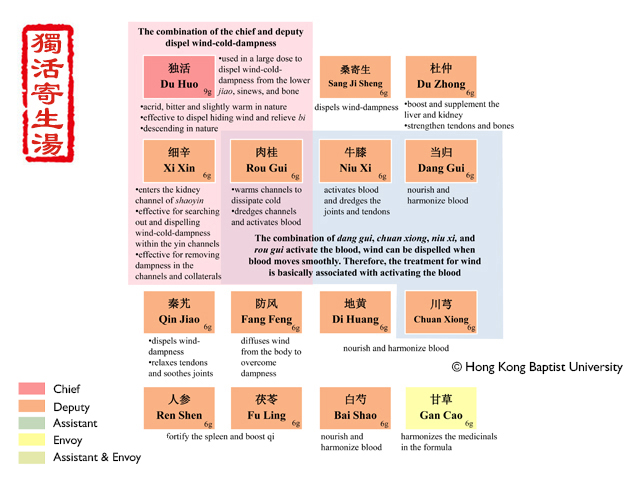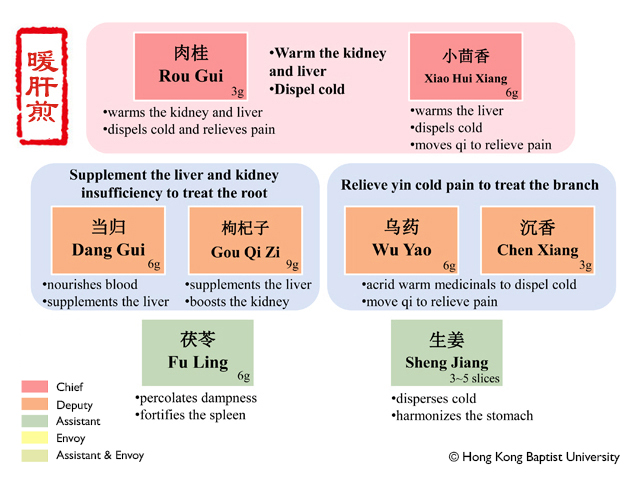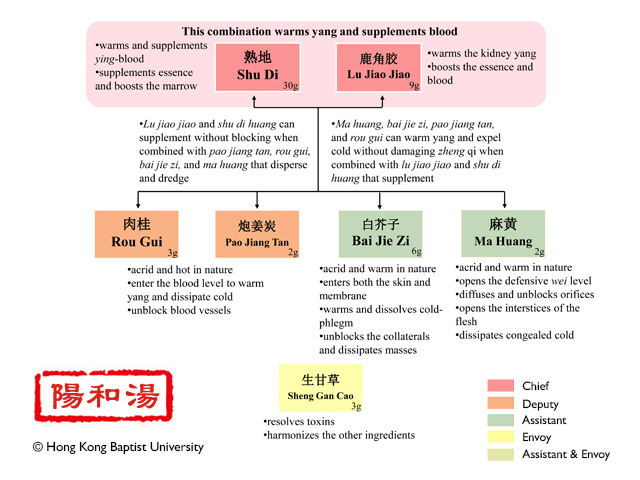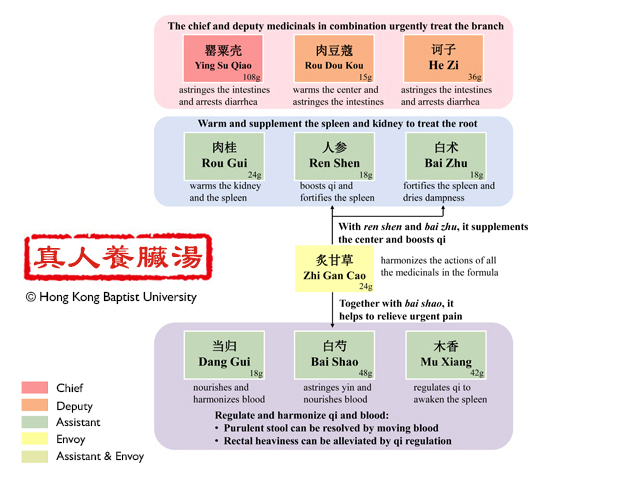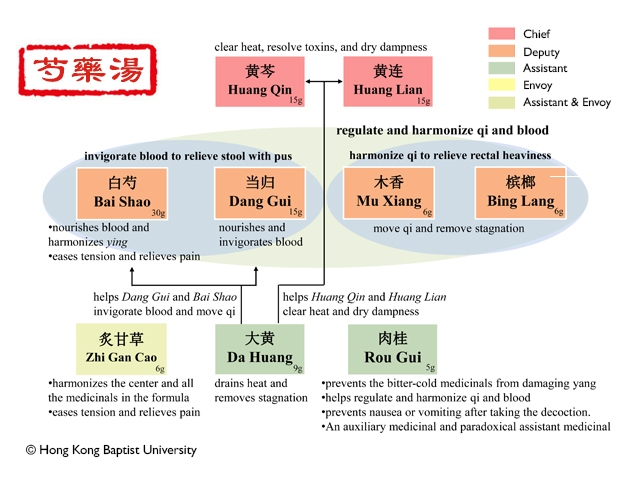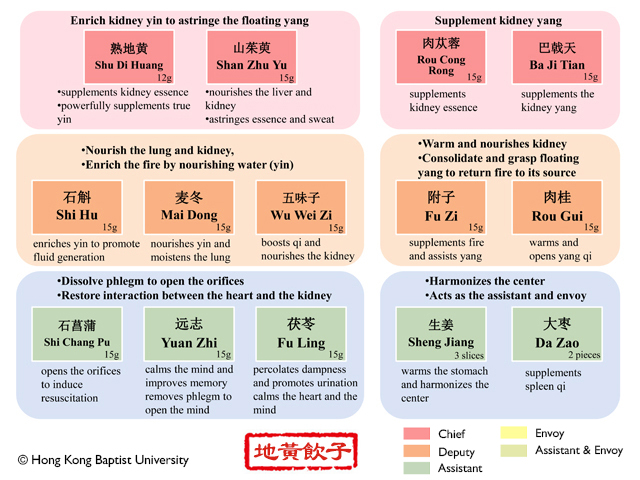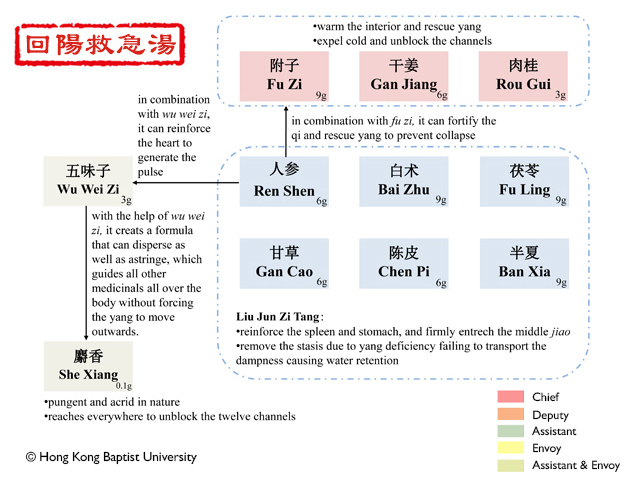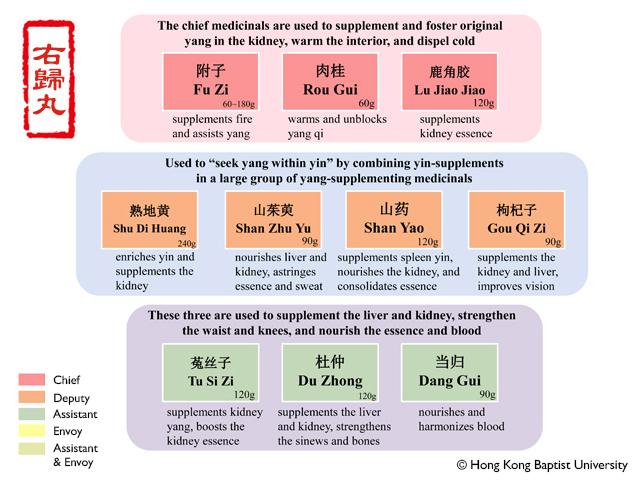Macroscopic FeaturesQi bian gui: Long strip-like or groove-like shape, left and right side are rolled inward, rolling edge is half-tube-like, grooved center is slightly raised, outer skin is indented, about 43cm long, 4~6cm wide, outer skin is brownish-gray-white or brown, both ends have a 5mm brown cortex-shaved slope. Whole body has irregular horizontal lenticels and numerous slightly raised small verrucous protrusions. Occasionally has slightly raised horizontal lines and grayish-green patterns (scar of bryophytes). Inner surface is dark reddish-brown or brown, clean, dark brown oil line when scraped by a fingernail. Potent aromatic odor, sweet and spicy taste. Ban gui: Flake-like shape, two sides are slightly rolled inward, about 43cm long, 13~15cm wide, 0.6cm thick, outer skin is rough, grayish-brown; inner skin is dark purple, fractured surface oil layer is brown, outer layer is brownish-red, often has little oil but many dregs, relatively light odor and tastes sweet and spicy. Oil gui: One side is tube-like groove-shaped, two side are slightly sloped, 43cm long, outer surface is grayish-brown or brown, often has grayish-green spots (colorful skin), inner surface is dark brown, hard and brittle texture, at the fractured surface the inner oil layer is clearly condensed, slightly lustrous, black or brown, outer surface is purplish-red, potent aromatic odor, sweet and acrid taste. Gui tong: Double tube-like or round tube-like, 35cm long, 0.1~0.3cm thick, outer surface is grayish-brown, with thin wrinkles and small cracks, elliptical lenticels, occasionally has raised horizontal lines and gray pattern. Inner surface is dark brown, hard and brittle texture, fractured surface is purplish-red or brownish-red, aromatic odor, sweet and spicy taste. Also called ‘gui pi’, ‘gui er tong.’ Gui xin: Same features as gui tong, but the cortex of outer skin is shaved cleanly, inner and outer skin are all brownish-yellow. Gui sui: Irregular flakes or short rolls of uneven size, outer skin is grayish-brown, fractured surface and inner skin is brown, aromatic odor, sweet and spicy taste.
Quality RequirementsSuperior medicinal material is intact, thick and heavy, with thin wrinkles at the outer surface, oily, with potent aromatic odor.
FunctionsSupplements fire, assists yang, conducts fire to return to its source, scatters cold, relieves pain, invigorates blood, frees channels. Warms spleen and stomach, eliminates cold accumulation, frees blood and veins. Apply to decline of vital gate-fire, cold limbs and weak pulse, yang exhaustion and general exhaustion, diarrhea and stomachache, cold hernia and renal mass, cold pain of waist and knees, menostasis and abdominal mass, dorsal furuncle, multiple abscesses, upward floating of yang in deficiency condition, upper heat and lower cold.
